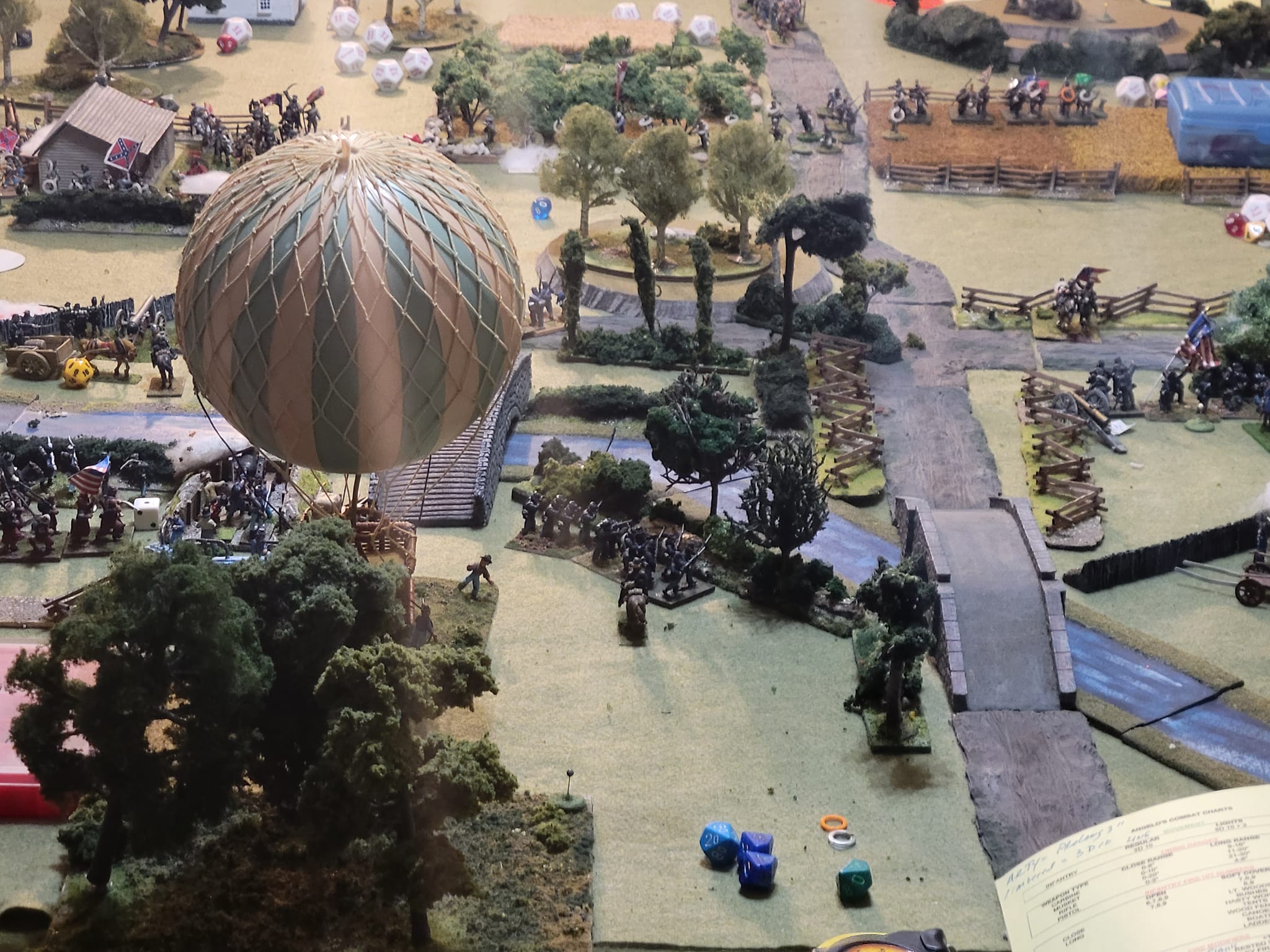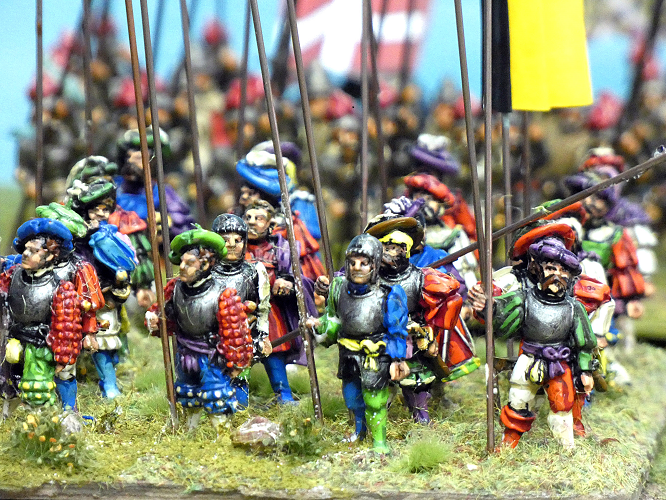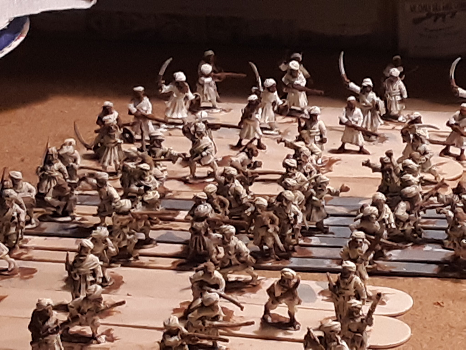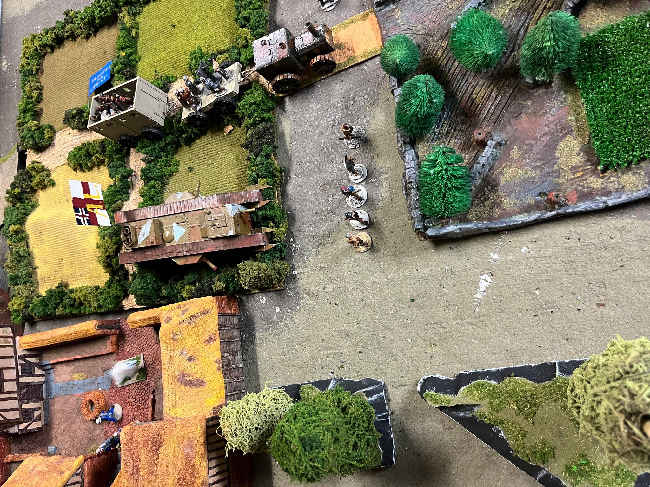American Civil War wargaming focuses on the conflicts and battles that occurred during the American Civil War, fought between 1861 and 1865. This period marked a significant turning point in American history, with the Union (Northern states) fighting against the Confederacy (Southern states) over issues of slavery and states’ rights. American Civil War wargaming allows players to recreate key engagements and campaigns from this tumultuous period. Here are some key aspects of American Civil War wargaming:
Historical Period: American Civil War wargaming covers the four-year period of the Civil War, including major battles like Bull Run, Antietam, Gettysburg, Vicksburg, and Appomattox Court House. It explores the military strategies, tactics, and conditions of the war fought between the Union Army and the Confederate Army.
Factions: American Civil War wargames involve two primary factions: the Union and the Confederacy. The Union Army represents the forces of the Northern states, while the Confederate Army represents the Southern states that seceded from the Union. Additional factions may include state militias, cavalry units, and other specialized troops.
Units and Troop Types: Wargames in this period feature a variety of unit types representing the forces involved. These include infantry regiments, artillery batteries, cavalry units, sharpshooters, and skirmishers. Each unit type has its own characteristics, strengths, and weaknesses, providing strategic choices for players.
Commanders and Historical Figures: American Civil War wargaming allows players to command and portray historical figures from the era. These include notable commanders such as Ulysses S. Grant, Robert E. Lee, William Tecumseh Sherman, and Stonewall Jackson. The abilities and leadership of these commanders may impact gameplay and decision-making.
Terrain and Environment: American Civil War battles took place in diverse terrain, including open fields, forests, hills, and river crossings. Wargaming rules incorporate the impact of terrain on movement, line of sight, and combat effectiveness. Players must consider the strategic advantages and challenges posed by the specific terrain features of each battlefield.
Firearms and Artillery: The American Civil War marked the transition from musket warfare to rifled muskets, which increased the range and accuracy of infantry fire. Artillery also played a crucial role, with cannons delivering devastating barrages. Wargaming rules reflect the effectiveness and limitations of these weapons on the battlefield.
Command and Control: American Civil War wargaming often includes rules for command and control, simulating the challenges faced by historical commanders. Players must manage their orders, issue commands to their units, and deal with communication limitations and the fog of war. Effective command decisions can greatly influence the outcome of battles.
Historical Scenarios and Campaigns: American Civil War wargaming often provides historical scenarios and campaigns that allow players to reenact specific battles or military campaigns. These scenarios may include key moments such as the Battle of Gettysburg, Sherman’s March to the Sea, or the Siege of Petersburg. Historical scenarios add a narrative context and challenges based on real-world events.
American Civil War wargaming offers an opportunity to explore the strategies, tactics, and battles that shaped one of the most significant conflicts in American history. It allows players to experience the challenges faced by both the Union and Confederate forces, engage with the dynamics of the war, and make strategic decisions within historical contexts. The period provides a rich and dramatic setting for wargaming enthusiasts interested in the American Civil War.
Shop Amazon for: American Civil War Wargaming

Who Makes ACW Wargaming Miniatures? | Rules for ACW Wargaming
American Civil War Games
Back to: Horse and Musket Wargaming




